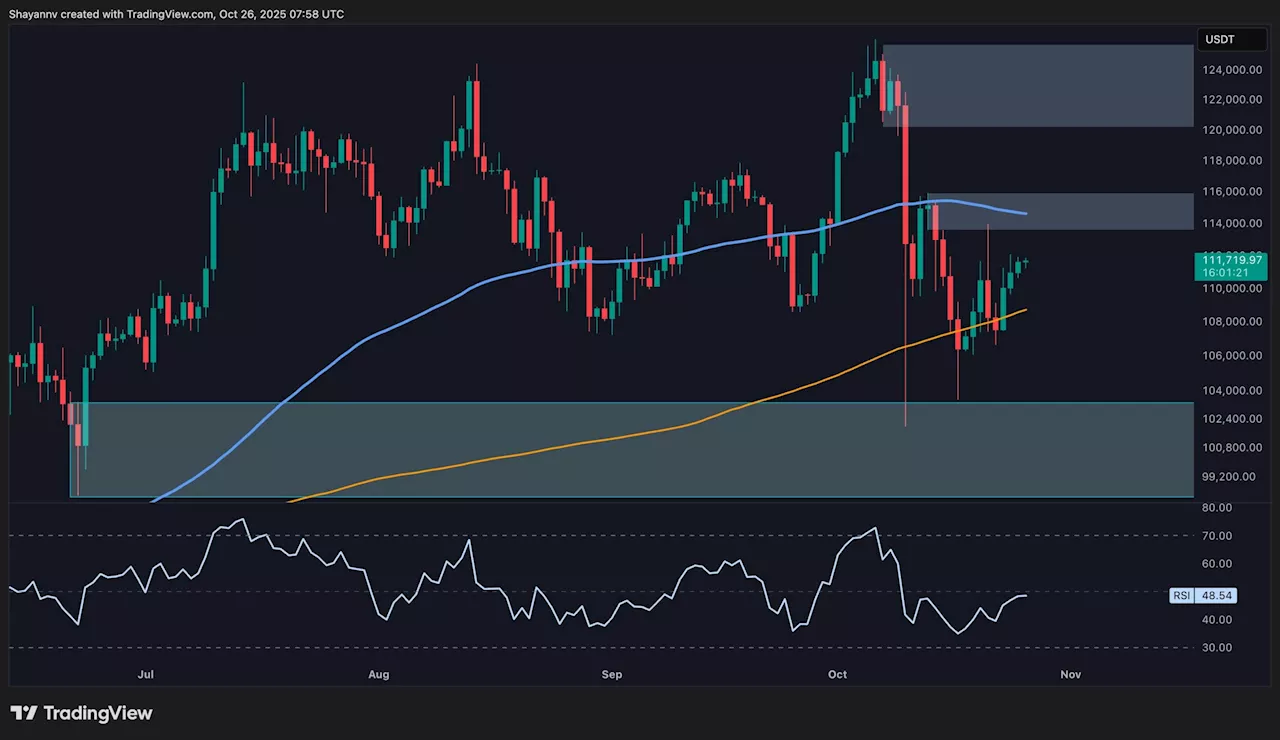URGENT UPDATE: A groundbreaking study has just revealed that a 500-million-year-old brain region significantly influences how we perceive and interact with our visual environment. Published in PLOS Biology on November 8, 2025, this research overturns decades of belief that only the outer cortex is responsible for complex visual processing.
The study highlights the role of the superior colliculus, an evolutionarily ancient brain region that operates independently to interpret visual information. This challenges traditional views and emphasizes the importance of ancient neural circuits in guiding attention and perception. Researchers found that these circuits can distinguish objects from their backgrounds and prioritize essential visual cues, shaping our reactions to the world around us.
According to Andreas Kardamakis, head of the Neural Circuits in Vision for Action Laboratory at the Institute for Neurosciences, “This means that the ability to analyze what we see and decide what deserves our attention is not a recent invention of the human brain, but a mechanism that appeared more than half a billion years ago.”
The superior colliculus acts as a built-in radar, swiftly processing direct signals from the retina before they reach the cortex. It identifies critical elements in a visual scene, reacting first when something moves or changes. This rapid response is crucial for survival, allowing us to detect threats and navigate our surroundings effectively.
To delve deeper into this process, the research team employed advanced techniques, including patterned optogenetics and electrophysiology, to study mouse brain slices. They discovered that the superior colliculus can actively filter visual information, enhancing contrasts while reducing responses to less significant stimuli. This finding underscores the notion that our ability to prioritize visual information is embedded in some of the oldest circuits of the brain.
The implications of this research extend beyond academic interest. Understanding how these ancient structures contribute to visual attention can shed light on various disorders, such as attention deficit disorder, sensory hypersensitivity, and some forms of traumatic brain injury. Kardamakis notes, “Disorders may partly originate from imbalances between cortical communication and these fundamental circuits.”
This research is a collaboration involving prominent institutions, including Karolinska Institutet, KTH Royal Institute of Technology in Sweden, and the Massachusetts Institute of Technology (MIT) in the USA. It also includes contributions from Teresa Femenía, who played a vital role in the experimental work.
As scientists continue to explore the role of the superior colliculus in attention and distraction, they aim to uncover the neurological basis of visual overload—a common issue in today’s fast-paced world. This work could lead to a better understanding of how our brains process distractions and make decisions, which is increasingly relevant as we navigate an environment filled with visual stimuli.
The research team is now moving forward with studies on live animal models to further investigate how the superior colliculus shapes attention during goal-directed behavior.
This study marks a significant shift in our understanding of brain evolution and cognitive function, suggesting that the mechanisms for visual processing were established long before the development of more advanced cortical areas. The findings reveal that evolution did not replace ancient systems; it built upon them, emphasizing that we still rely on the same basic hardware to decide where to focus our attention.
Stay tuned for more updates as this fascinating research unfolds.







